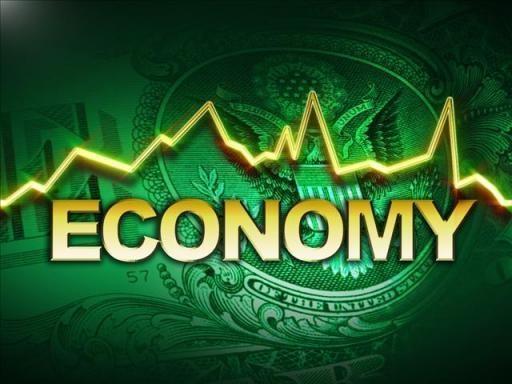Market Data

February 27, 2018
Durable Goods Orders Drop Sharply in January
Written by Sandy Williams
Durable goods orders fell 3.7 percent in January to $239.7 billion, according to Commerce Department data. January’s decline follows two months of increases and is the biggest decline since July 2017. Analysts expected a decline of 2.0 percent or less. Durable goods are manufactured items that are expected to last three years or more.
The volatile category of transportation orders contributed heavily to January’s decline, plummeting 10 percent for the month. Core capital goods (non-defense capital goods minus aircraft) fell 0.2 percent last month, after a 0.6 percent decline in December. The category is seen as a proxy for business spending.
Shipments of core capital goods, used to calculate equipment spending in gross domestic product (GDP) measurements, advanced 0.1 percent.
The January Advance Report on Manufacturers’ Shipments, Inventories, and Orders follows:
New Orders
New orders for manufactured durable goods in January decreased $9.2 billion or 3.7 percent to $239.7 billion, the U.S. Census Bureau announced. This decrease, down following two consecutive monthly increases, followed a 2.6 percent December increase. Excluding transportation, new orders decreased 0.3 percent. Excluding defense, new orders decreased 2.7 percent. Transportation equipment, also down following two consecutive monthly increases, led the decrease by $8.6 billion or 10.0 percent to $77.7 billion.
Shipments
Shipments of manufactured durable goods in January, up eight of the last nine months, increased $0.6 billion or 0.2 percent to $247.0 billion. This followed a 0.5 percent December increase. Transportation equipment, up two of the last three months, led the increase by $0.4 billion or 0.5 percent to $81.3 billion.
Unfilled Orders
Unfilled orders for manufactured durable goods in January, down following four consecutive monthly increases, decreased $3.1 billion or 0.3 percent to $1,140.9 billion. This followed a 0.6 percent December increase. Transportation equipment, down three of the last four months, drove the decrease by $3.6 billion or 0.5 percent to $771.8 billion.
Inventories
Inventories of manufactured durable goods in January, up 18 of the last 19 months, increased $1.3 billion or 0.3 percent to $408.5 billion. This followed a 0.5 percent December increase. Transportation equipment, up two consecutive months, led the increase by $0.7 billion or 0.5 percent to $131.9 billion.
Capital Goods
Nondefense new orders for capital goods in January decreased $1.2 billion or 1.5 percent to $73.6 billion. Shipments increased less than $0.1 billion or virtually unchanged to $74.4 billion. Unfilled orders decreased $0.7 billion or 0.1 percent to $706.1 billion. Inventories increased $1.0 billion or 0.5 percent to $181.9 billion. Defense new orders for capital goods in January decreased $3.3 billion or 26.3 percent to $9.2 billion. Shipments increased $0.4 billion or 3.2 percent to $11.5 billion. Unfilled orders decreased $2.4 billion or 1.6 percent to $141.0 billion. Inventories decreased $0.2 billion or 0.7 percent to $23.2 billion.
Revised December Data
Revised seasonally adjusted December figures for all manufacturing industries were: new orders, $497.9 billion (revised from $498.2 billion); shipments, $495.4 billion (unchanged); unfilled orders, $1,144.0 billion (revised from $1,144.4 billion) and total inventories, $669.7 billion (revised from $669.2 billion).






